Autumn Equinox + First Quarter: Apple, maple
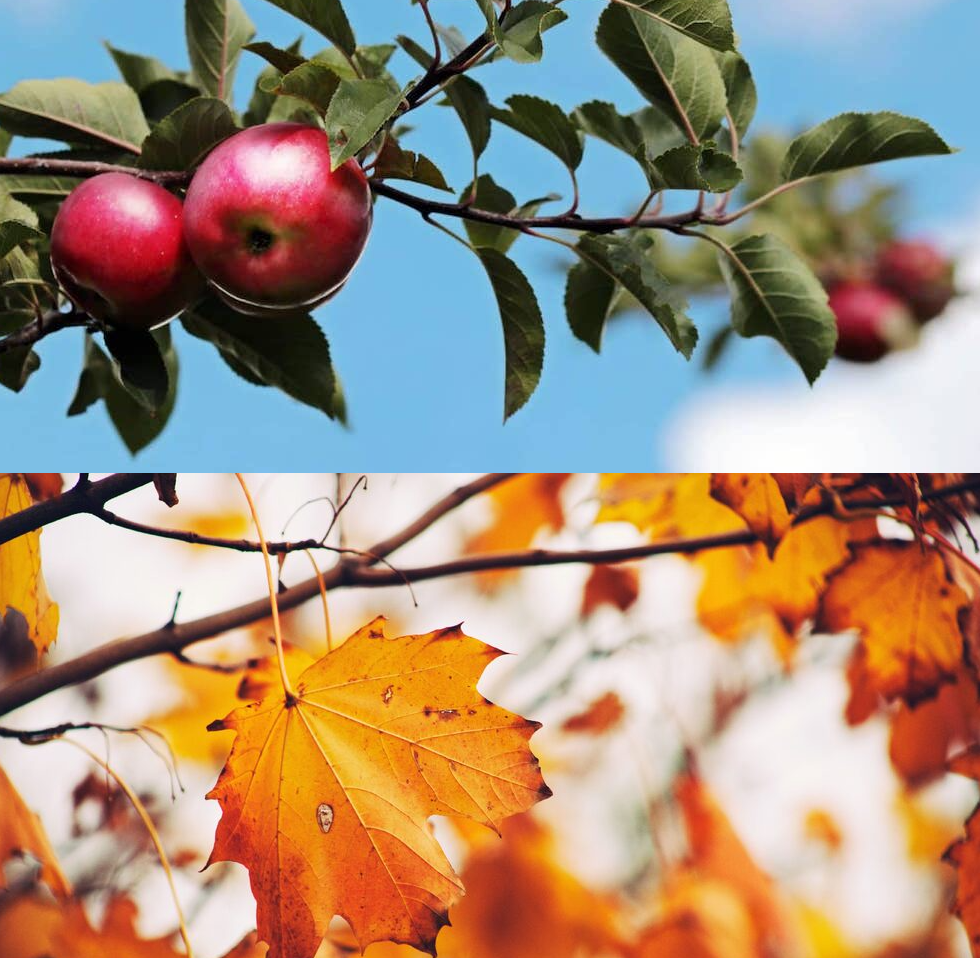
It's the last day of what I consider the ritual year, and it's Friday. Hello.
I'm in a good deal of pain right now, I'll admit. Maybe I should have made this a paid post. For when to classify a post as free vs. for paid readers, my evolving internal guidelines are often not about the anticipated word count or how "special" a post is going to be; I don't like rating the depth of my reflections or whatever knowledge people feel like they're getting from those reflections, nor do I like gatekeeping things I think or know when I am not the elder of an initiatory tradition. Instead, because I'm asking to compensate only the effort I put into communicating, I weigh in advance which upcoming posts will be hardest to write, whether in terms of research, structuring, fitting in with my other commitments and energies that week, or discussing further with readers. And as far as energies go, I don't have much today. The pain is from hideous menstrual cramps, which I prefer to be aggressively candid about but which are also a tale unto itself — both in how they are so terrible on this particular day, and how they're usually one of my banes each month.
But I wrote a couple of paid posts close together last month, so although I'm going to re-evaluate how many paid posts I should probably be writing per season, I'm not going to worry about things right now. I don't want to lock more than a few holiday posts per year. I think things will balance out. I do need to concentrate very closely, though, to make words about more than my pain come out.
Perhaps very closely is the wrong phrase. Openly. I want to be open to the incoming season, and to let it pass through me and out of me, just like my blood.
The sunset of the year
I've written about the Wheel of the Year as conceived by British neopagans, as observed in probably some form (and not under that English name) by some of my ancestors, and as observed by me personally. To tease out a little more from that earlier writing, I think the idiosyncrasies of my personal observance are exemplified at the September equinox and in how I started writing today:
A new year begins for me tomorrow.
I doubt that my owner and I are the only people who orient the Wheel in that way, but I've gotten the sense around other Wheel-marking ritualists of any remotely Celtic inclinations that this equinox is very much not a popular new year option. The reasons are numerous, some of them being what I've mentioned in the past:
- It's popularly believed — and plausibly though not yet verifiably true — that pre-Christian Celtic peoples began the new year on or around November 1st.[1] So for many witches, Celtic animists, et al., Calan Gaeaf/Samhain is the new year.
- Some people are alternately happy to keep the pre-Christian Roman new year tradition on January 1st, or to use the December solstice, since they see the Sun as "reborn" that day.[2]
- Pre-Christian northern European observances of the equinoxes may have been more of a Germanic practice than a Celtic one — hence why I name the September equinox Haust Blót, harvest sacrifice — and this was probably not the Germanic new year either.[3]
- If an equinox must be used, the "better" equinox to choose for traditional astrological reasons would surely be the March one, when the tropical zodiac returns to the first sign of Aries.
- Some Wheel-marking ritualists consider Calan Awst/Lughnasadh, Haust Blót/Mabon, and Calan Gaeaf/Samhain to be a sequence of three harvest festivals, so to break the year up in the middle of the sequence would be strange.
However, six or seven years ago my owner and I did sense the rightness (riteness) of a new year starting when the night overtakes the day. Helped by the argument that a new year arguably begins every holiday — 365 days between the current observance and the next one — I would say the reason to focus on the September equinox for the most rudimentary ritual year-marking is that it's what I call the sunset of the year.
The equinox itself may or may not have mattered to my Celtic ancestors, but it's a certainty that traditional Celtic timekeeping began a new day at sunset, not midnight. If their new year happened on Calan Gaeaf/Samhain, right as the days in Britain and Ireland become too dark for plants to grow, it was surely from the same reasoning. The death and dormancy of old life generates the next life from the moment that decay begins. For me, though, my instinctive timekeeping would describe November 1st as more like the end of civil or nautical twilight, after the Sun has already been down for a while. As the Sun actually straddles the horizon in its setting, it enters a liminal phase of up and down, and this mirrors the liminality of the equinox.
Inadvertently, deciding to mark the Wheel's turning on September 22nd or 23rd has also gradually felt like a tribute to other ancestors of mine, the Prussian Jews I'm only just starting to investigate and appreciate. Rosh Hashanah only occasionally falls on the equinox itself, but it's always close to it, and for those unfamiliar it marks the new year in Judaism. I think the main ritualists I've met who ever consider the September equinox anything like their new year are self-described Jewitches who syncretize the Hebrew calendar in their rites.
Since I don't call myself Jewish or a Jewitch but I have some definite biases in favor of Ashkenazi cuisine — surely the first way I've ever approached Jewish ancestral connection is through the food — I think this syncretism is rather beautifully easy when it comes to Rosh Hashanah and Haust Blót/Mabon.[4] In typical Wheel of the Year frameworks, the harvest of this equinox is the apple harvest; and the apple is an important food for Rosh Hashanah as well.
Because it's the First Quarter today, and because I feel long overdue for another post committed to tree lore, the rest of my thoughts for today are about apples — and another tree that's integral to the landscape around me in this season.
Apple
O apple.
Of all the trees I know, many of the most sacred ones to me do not bear culinary fruit — instead it's nuts, seeds, haws, and the like — but there are a few fruiting kinds. There is the pomegranate, of mighty myth, which I eat each November in homage to Persephone and which is, I suppose, another hidden link to Judaism; but this is neither integrated with my Cymric ancestral landscape, nor a carrier of Celtic legend, nor adaptable to the colonial landscape I occupy right now. With respect to combined ancestor work and bioregional living, the apple is the most potent fruit I ever touch or eat.
One mystery of the apple is that it ripens as so many other things are withering. In this it isn't alone, but with its bold color, large size, and ripening above ground it stands out better than some companions. Like almond, cherry, plum, peach, and nectarine, the apple bears poison at its core, cyanide in its seed, but while all these things are taxonomically joined in the rose family, the soft-fleshed drupes belong staunchly to summer, dying in frosts that the apple stubbornly weathers. Keep an apple cold and dry in storage, and it will last for months and months when those other cousins would mold and rot. The apple's flesh is hard, crisp, and white.
I never wonder why Celtic peoples would embrace the apple as the fruit of the Otherworld. Death fruit, poison fruit, liminal fruit, transitional fruit, and the white flesh is like the white coats of the Otherworld's animals. White hounds and white stags, each with glowing red eyes. And what is mystic Avalon? It is the Apple Island, the Otherworld's holy of holies. Proto-Brythonic root *aβal, its children Cymric afal, or Cornish and Breton aval.
But here, the next mystery: as far as archaeologic records tell us, the apple did not grow in Britain before Roman occupation.
Some reconstructionists should hate this. In such a mindset the fruit of the Otherworld is not authentically Celtic, because it doesn't belong to some idyllic state of purity before the Romans invaded. Years ago, when I learned this information I remember a certain disappointment: apples might have been meaningful to the tribes of the British isles after they were only half tribal anymore, a mythic lineage of "merely" two thousand years, instead of tens of thousands. My conventional wisdom about apples' sanctity to my ancestors was upended.
I want to console my past self and anyone who might feel a similar disappointment — or even outrage — with a pair of observations. First, there is no pure, isolated, frozen, quintessential version of any animist culture, nor of any culture; to think otherwise can brush dangerously close to racialization, and quite simply wrong. In the pre- and post-Christian animisms that dwelt and evolved and adapted in the British and Irish countrysides until they became something that most people forgot how to find, who is to say there wasn't a perfect cosmological reason to welcome apples into Celtic folklore? Someone found a tale to tell of them.
Second, and perhaps on a deeper layer of this mystery, I've often considered that because so many tales of magic apples exist across Eurasia, the apple as the fruit of the Otherworld might well be old enough to stem from oral traditions of mainland Europe before the Romans came to Britain. Maybe the original British and Irish peoples were told of apples and shown them as foreign treasures by the trading partners who gradually Celticized and intermarried with them. Or maybe apples weren't seen for untold generations, but they lingered as an ancient memory kept by the storytellers, passed down from ancestor to ancestor and going back to a time when these people lived in places where apples grew.
Whatever the case, there is nothing inauthentically Celtic about the apple. The apple has integrated so totally with Celtic animist lore that it cannot be separated, no more than it would make sense to say apples are "not native" to Britain and Ireland. By now they assuredly are. And as I work to better incorporate Germanic animism into this holiday that I've given a Germanic name, so too have I found that apples play their own parallel role in Nordic myth: the food of the gods, the fruit imbuing immortality.
Apple! Beautiful when red, when green, or when gold. The swirl of your skin, the spiral we can cut from it, the star embedded through your seeds. Spiral and star, sacred.
I have eaten you for as long as I can remember, but I used to be choosier. I outgrew my childhood love for apple juice very fast, and to this day I'm none too keen on apple pie — why must the culture I live in make these things so sickly sweet? I prefer baked apples with a good tang and heavy spices. I've memorized more than a dozen cultivars because each has its own gift, and I'm partial to the tartest, crispiest ones. I love apples for sauce, for cobbler, for cider, and just for eating and eating and eating.
When I joined the campus pagan group in college, it was right at the start of my first year, so of course the equinox came and I learned some apple rites back then. I remember a great apple-cooking session in someone's dorm kitchen, while we sang songs. Wonderful.
Now my owner and I go apple picking. I did it a few times as a child, but I think I've done it more times as an adult. We have a favorite farm where I drink in a deep sense of place-time from the way the sky stretches overhead and the way the orchard rows span long, long, long, but not forever, bordered by woods. The wind always whips. This is the season of great, changing winds.
Is the apple a medicinal tree? But of course it must be. The nutrients in the fruit are vital. Good fiber, not too much sugar, nourishing compounds, the sort of thing that fills my belly with no more calories than it needs. No excess, but no starvation. Just right.
When autumn's cold kiss bites, apples are the very first thing to bob up in my mind.
Maple trees are the second.
Maple
Though apples are now more or less native to what I regard as my most-connected ancestral homeland, they aren't native to this continent; they're a colonial artifact, even if they grow very comfortably and usually non-invasively where I live. An older, truly indigenous, though also pan-hemispherical tree here is the maple.
I should say maples in the plural because even in accounting for which maple species can be found specifically on Turtle Island, there is more than one. Around here the leaders are the sugar maple and the red maple. Despite those common names, you can tap both for sap to make syrup, and they both turn red at this time of year. I think the red maple is distinguished as red because its blossoms are red, whereas the sugar maple's are yellow.
I grew up in an area carved out of Pennacook Abenaki territory. The autumn maple foliage is a significant driver of tourism there, especially when driving north into less populated areas, into the Wobanadenok (White Mountains) or along the shores of the lake Winnipesaukee. Seeing huge stands of fiery maples felt so commonplace to me that I didn't understand "leaf-peepers" until I spent more autumn weeks in urban places that lacked such a sight. I wasn't animist enough to think of maples as friends or cousins, but if ever there were a deciduous tree with which I could feel immediate local kinship, it's these.
I remember also hearing a warning, at least two decades ago, that with more carbon in the atmosphere, maples would not produce as brilliant autumn colors as they use to. The deep pain I felt at that news was probably my first instance of climate grief. How could I adequately tell children or grandchildren what an autumn maple looked like for me? Photographs wouldn't do it justice — they never do. They can never capture all the subtle gradations that most people's eyes can.
Global heating and unreliable transition seasons are also exacting a toll on maples' capacity for tappable sap, and this will presumably accelerate with time. But I'll write more of the sap and syrup some other day — maple doesn't feel to me like a flavor of autumn! I've felt so startled by the latest consumer trend to throw maple in with pumpkin spice and apple flavors. The sap is collected and boiled down to syrup when the world is thawing; I associate my semi-annual sugar shack pilgrimage with Pisces season.
Here at the cusp of Libra, I think of the oncoming red, the saffron, the gold, the hues contrasting sharply with sapphire skies. The maple makes me feel like even though the withering time is upon us, beauty belongs to this season as much as to any other, and sometimes even more. Right now, in my area it's too early for the leaves to look that bright, but they will start changing any day now. First the branches have to drop their samaras, the little whirligig seeds.
I learned recently that those are edible. I know less of the tree's traditional medicine background, neither here nor in Europe, but
O maple.
May your color diminish only a little, and return in better times.
Writing these words, I feel more ready for the past ritual year to die, and for a new one to enfold me. I welcome the darker Sun's renewed reign, and I will listen to these trees this season.
[1] Julian reckoning, but I've previously resisted and will continue to resist splitting hairs there, as seasonal shifts on Gregorian timekeeping line up more clearly for me.
[2] I don't personally work with a framework of the Sun being reborn once a year, as my solar god doesn't go through an annual birth, childhood, adulthood, death cycle. He conforms rather to the Holly King vs. Oak King dichotomy, with each face resurrecting full-grown at its respective equinox to fight his opposite and defeat him. This is part of a Sun-Earth relation that incorporates how there is not just one breeding and planting season or just one birthing and harvest season, and sometimes what goes into those seasons is a six month process, and sometimes what goes in is a nine month process, and someitmes it's in between, and sometimes it's even more. I do keep a specific ritual narrative around an annual divine birth event, but this is occult/secret celestial lore, more than terrestrial.
[3] Nor was the traditional Haust Blót necessarily on the autumn equinox; the timing of Viking Age or Iron Age holidays and festivals is a matter of major academic debate, and I'm still working on setting aside the requisite time to understand existing theories more than what I currently do.
[4] Here is my obligatory comment that Mabon, pronounced MAH-bon, is the name of a potential pre-Christian god-figure among the Britons, though most details have been lost and survive in desacralized Cymric folklore; and prior to the 20th century "Mabon," now pronounced MAY-bon, isn't attested as a name for the September equinox at all. I don't begrudge other people using "Mabon" that way if it's what feels most familiar and comfortable to them through established precedent, or if they have a retroactive logic that makes it work for their rites. I will simultaneously admit that Mabon is my least favorite "common" name for any holiday on the Wheel, and while I can write it out for clarity I struggle to utter it without pulling some faces.
Thank you for reading. Blissfully, my menstrual pain faded before I got very far into this, so it wasn't that much of a chore. If you would like to make this newsletter endeavor worth the hosting cost, though, I need only six more paid subscribers at $1/month, or one $5/month subscription plus a regular $1 one — then I'll be breaking even each month.
Next week, I'm looking at non-zodiac constellations; the week after will be somewhat grim, building on some past posts about the ways that seasons are altering, but hopefully also starting to transform grief into ritual action.

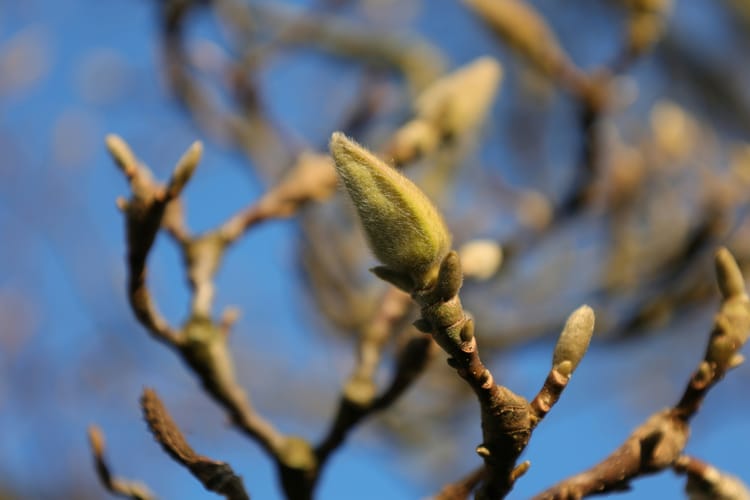
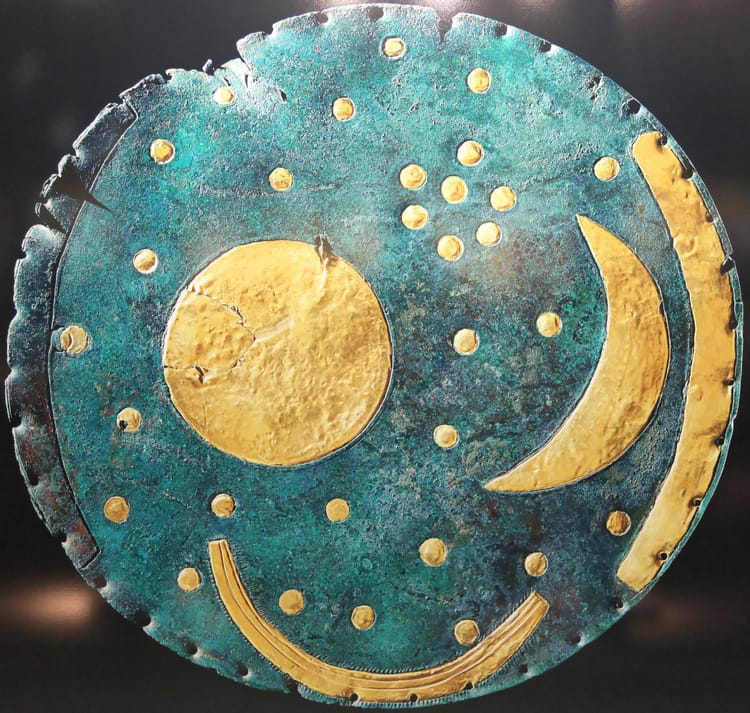
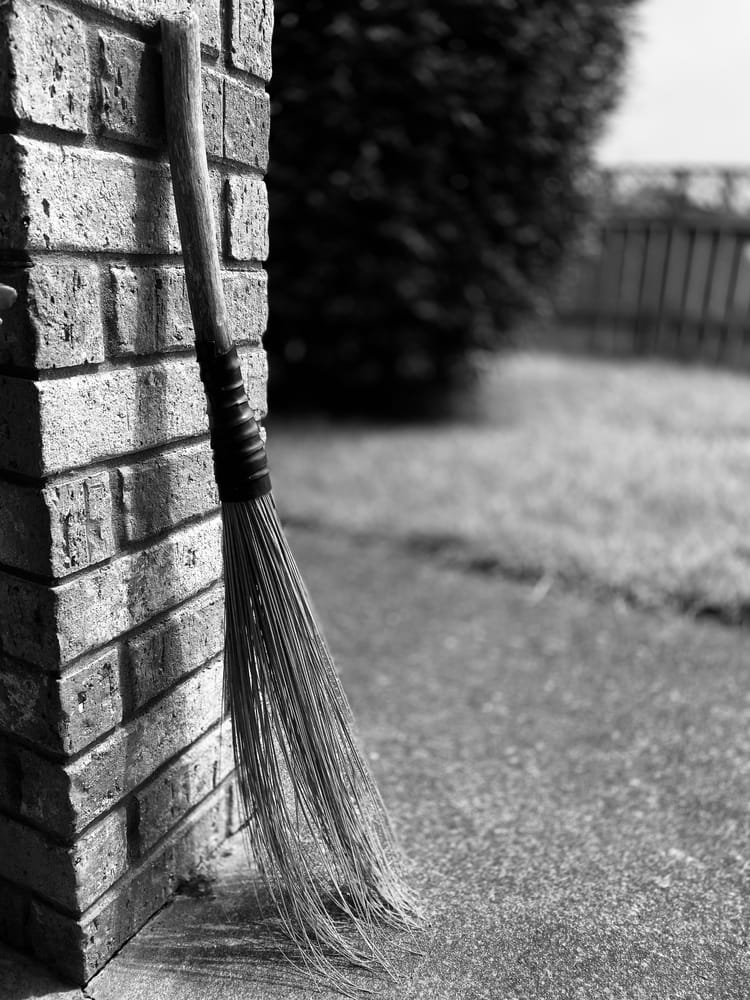
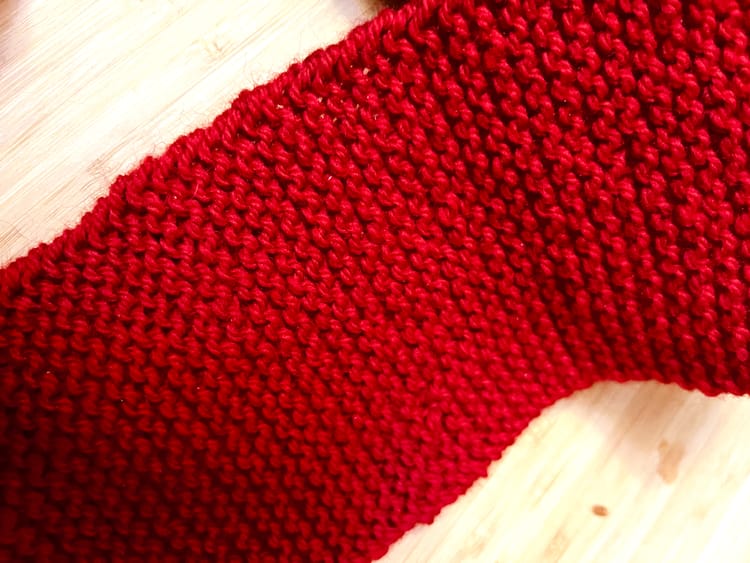
Member discussion